In the vast tapestry of culinary herbs and vegetables, few stand out as uniquely as potherb mustard, often referred to by its charming moniker “Snowy Red.” This enigmatic plant, with its name evoking images of winter’s pristine beauty intertwined with a hint of vibrant color, captivates both gardeners and chefs alike. But what, precisely, is Snowy Red? This article delves into the origins, cultivation, nutritional benefits, culinary uses, and cultural significance of this fascinating vegetable, shedding light on why it holds a special place in the hearts and kitchens of many.
Origins and Botanical Classification
Snowy Red, scientifically known as Brassica juncea var. foliosa or Brassica rapa subsp. pekinensis var. integrifolia, belongs to the Brassicaceae family, which encompasses a wide range of cruciferous vegetables including broccoli, cabbage, kale, and Brussels sprouts. Native to Asia, particularly China and India, potherb mustard has been cultivated for thousands of years, serving as a staple in traditional diets across East and Southeast Asia. Its name “Snowy Red” stems from the plant’s appearance during specific growth stages; the lush green leaves can turn a deep reddish-purple under cold stress, creating a striking contrast against the backdrop of snow-covered fields in winter.
Botanically, Snowy Red is a biennial or occasionally annual plant, meaning it completes its life cycle over two years but can be harvested as an annual vegetable crop. It thrives in cool climates and well-drained soils, preferring full sun to partial shade. The plant’s versatility extends to its growth habits; it can be grown as a leafy green vegetable harvested early in its lifecycle or allowed to bolt (produce flower stalks) for seed pods or stems that are also edible.
Cultivation and Agricultural Practices

Cultivating Snowy Red requires attention to detail, particularly in terms of soil preparation, planting times, and water management. Rich, fertile soil with a good balance of organic matter is ideal. The seeds, which are small and round, are typically sown directly into the garden in early spring or late summer for a fall harvest, depending on the climate. Succession planting—sowing seeds at intervals—can ensure a continuous supply throughout the growing season.
Snowy Red is relatively pest-resistant but can suffer from diseases like clubroot and downy mildew, especially in humid conditions. Rotation with non- Brassica crops and the use of disease-resistant varieties are key strategies for maintaining healthy plants. Adequate spacing between plants is crucial to allow for proper air circulation, which helps prevent fungal diseases. Watering should be consistent but not excessive, as too much water can lead to root rot.
Nutritional Benefits
Snowy Red boasts an impressive array of nutritional benefits, making it a valuable addition to any diet. Rich in vitamins A, C, and K, it also contains significant amounts of fiber, folate, iron, calcium, and antioxidants. The glucosinolates present in Brassica vegetables like Snowy Red are particularly noteworthy; these sulfur-containing compounds have been shown to have cancer-protective properties by inducing detoxification enzymes and inhibiting the formation of carcinogens.
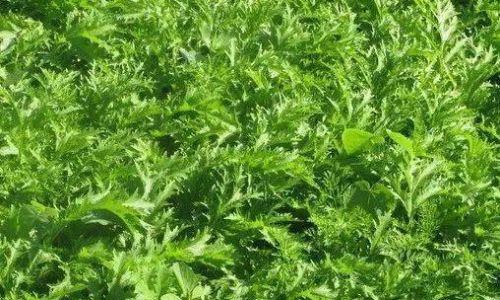
Moreover, Snowy Red’s high fiber content aids in digestion and promotes a healthy gut microbiome. Its low calorie count and high water content make it an excellent choice for weight management. The vitamin K content is vital for bone health, while the antioxidants help combat oxidative stress and inflammation, contributing to overall well-being.
Culinary Uses
In the kitchen, Snowy Red’s versatility shines bright. The tender leaves can be used fresh in salads, stir-fries, and soups, adding a peppery, mustard-like flavor that enhances dishes without overpowering them. The stems, which become more tender when harvested young, can be prepared similarly to asparagus, steamed or stir-fried. As the plant matures and bolts, the flower stalks and leaves develop a stronger flavor, making them ideal for pickling or fermenting into condiments like kimchi or sauerkraut.
In traditional Chinese cuisine, Snowy Red is often stir-fried with garlic and oyster sauce or used as a filling for dumplings and buns. Indian cuisine embraces its leaves in curries and dals, highlighting its ability to absorb and blend with a variety of spices. Its unique flavor profile also complements grilled meats, adding depth to marinades and sauces.
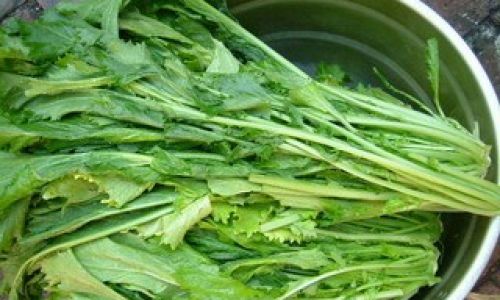
Cultural Significance
Beyond its culinary applications, Snowy Red holds cultural significance in many regions. In China, it is associated with winter solstice festivals, where it is often served as part of traditional meals to signify the turn of the season and the promise of renewal. In rural communities, its hardy nature and ability to thrive in adverse conditions symbolize resilience and endurance.
In India, Snowy Red (known locally as sarson ka saag) is integral to regional cuisines, particularly in northern states like Punjab, where it is a key ingredient in the popular dish saag paneer. Its inclusion in such dishes reflects not just its culinary value but also its role in preserving cultural heritage and identity.
Conclusion
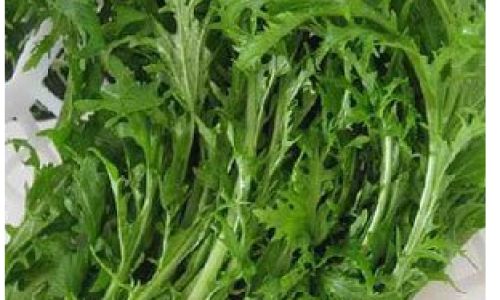
Snowy Red, with its enigmatic name and rich history, is more than just a vegetable; it is a testament to the diversity and resilience of nature’s bounty. Its nutritional profile, culinary versatility, and cultural significance make it a valuable asset to both the garden and the table. As we continue to explore and appreciate the intricacies of our food systems, Snowy Red stands as a shining example of how deeply intertwined our diets are with the natural world and the stories it holds. Whether enjoyed fresh in a salad, transformed into a fermented delicacy, or celebrated as part of a cultural tradition, Snowy Red offers a flavorful and nutritious journey through time and place, inviting us to savor each bite with a deeper understanding of its unique place in our culinary heritage.
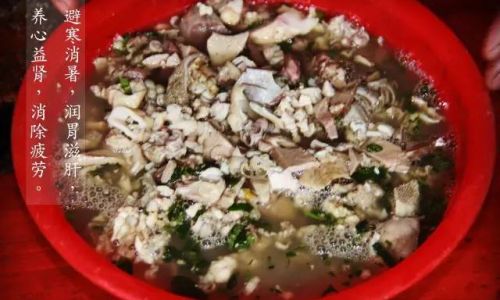
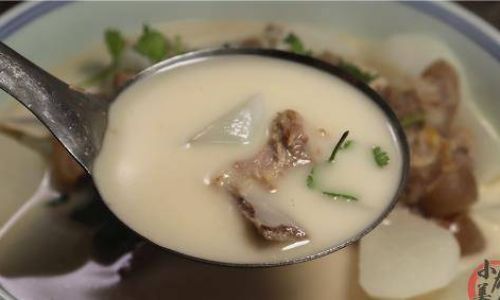
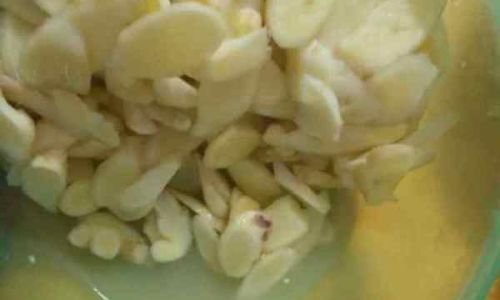

0 comments